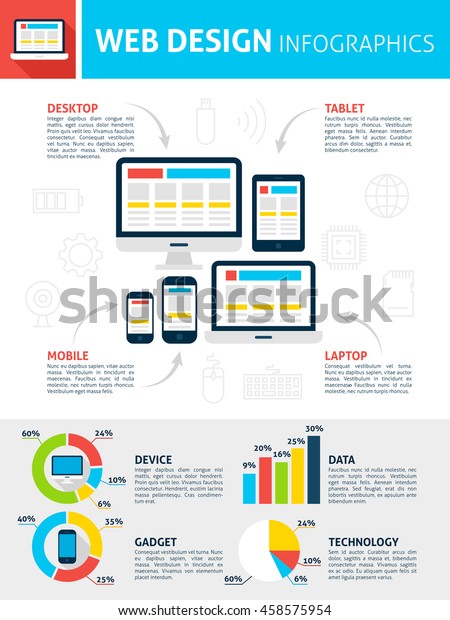Eager To Discover How Web Site Design Has Changed In Time? Study The Development From Simplicity To User-Focused Experiences
Eager To Discover How Web Site Design Has Changed In Time? Study The Development From Simplicity To User-Focused Experiences
Blog Article
Material Created By-Thorsen Peters
In the past, websites were easy and focused on info. Navigation was straight, and style was for desktops. Now, user experience is essential. Data overviews designs for easy navigation. Responsive designs match various gadgets. Today, dark mode reduces strain, and minimalist menus boost navigation. Interactive functions involve individuals, and bold visuals stand apart. AI integration enhances engagement. See just how design has developed to improve your on the internet trip.
Early Days of Web Design
In the early days of website design, simpleness reigned supreme. Sites were basic, with limited shades, font styles, and layouts. The focus was on providing info as opposed to flashy visuals. Customers accessed the net via slow dial-up connections, so speed and functionality were crucial.
Navigating food selections were straightforward, generally situated at the top or side of the web page. Sites were created for desktop computers, as mobile surfing had not been yet widespread. Content was king, and designers prioritized very easy readability over complex layout aspects.
HTML was the key coding language used, and developers needed to work within its restrictions. Animations and interactive features were minimal compared to today's criteria. Sites were static, with little dynamic material or customized user experiences.
Surge of User-Focused Style
With the evolution of web site design, a shift in the direction of user-focused design principles has come to be progressively popular. Today, creating internet sites that prioritize user experience is crucial for engaging site visitors and attaining organization objectives. User-focused design entails understanding the demands, choices, and actions of your target audience to tailor the site's layout, web content, and includes as necessary.
Developers now perform extensive study, such as customer studies and usability screening, to gather understandings and responses straight from users. This data-driven technique helps in developing intuitive navigation, clear calls-to-action, and visually attractive user interfaces that reverberate with visitors. By placing the user at the center of the design procedure, sites can deliver an extra personalized and pleasurable experience.
Receptive layout has likewise emerged as an essential facet of user-focused design, ensuring that web sites are optimized for numerous devices and screen dimensions. This versatility improves availability and usability, accommodating the diverse ways customers communicate with websites today. In essence, the increase of user-focused style represents a shift towards developing digital experiences that prioritize the demands and assumptions of the end user.
Modern Trends in Web Design
Discover the most up to date trends shaping website design today. One famous fad is dark setting design, offering a sleek and modern-day appearance while reducing eye stress in low-light environments. Another key pattern is minimal navigation, streamlining food selections and improving customer experience by concentrating on essential elements. Incorporating additional Info -interactions, such as computer animated switches or scrolling impacts, can create a much more engaging and interactive site. Responsive design stays essential, making certain smooth individual experiences across numerous tools. Additionally, utilizing vibrant typography and unbalanced formats can add aesthetic rate of interest and draw attention to specific web content.
Integrating AI technology, like chatbots for consumer assistance or tailored referrals, boosts customer interaction and enhances processes. Ease of access has also come to be a substantial trend, with designers focusing on comprehensive layout practices to deal with varied individual requirements. Embracing sustainability by optimizing site efficiency for rate and efficiency is an additional arising trend in web design. Working together with user responses and information analytics to iterate and boost design constantly is essential for staying relevant in the ever-evolving digital landscape. By accepting these modern trends, you can develop a visually enticing, easy to use internet site that reverberates with your audience.
EVOICL
As you reflect on the advancement of website style from the early days to currently, you can see just how user-focused layout has ended up being the driving pressure behind contemporary trends.
Embrace the trip of change and adaptation in website design, always keeping the customer experience at the center.
Stay current with the most up to date fads and innovations, and never ever stop evolving your method to create aesthetically magnificent and user-friendly web sites.
Evolve, adjust, and develop - the future of web design is in your hands.
